The datasheet shows the photodiode's sensitivity as 9.5 uA per 1000 Lux.
Now I don't know what counts as "low light" to you, but let's try 10 Lux as a reasonable switching lu]evel - at that point, the photodiode will produce 95nA. Not very much ... how does it compare with the dark current? well that is specified as <10nA so 95nA is clearly above the dark current.
So we want to set the Arduino input to 1 (i.e. > 2.5V) with a current of 95nA. Neglecting the LED for the moment (there's no way it'll light up anyway) you can simply do this by replacing R1 with R = 2.5/95e-9 = 27 Megohms or so.
If the Arduino input pin leakage current is much greater than 10nA this won't be accurate, and if it's greater that 100nA it may not work at all, or the switching level may be something greatly different from 10 Lux, but you haven't posted the relevant datasheet so I can't check that.
(and as John D points out, connect the photodiode right way round!)

